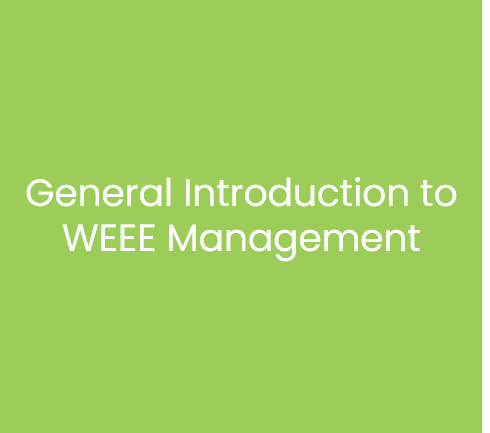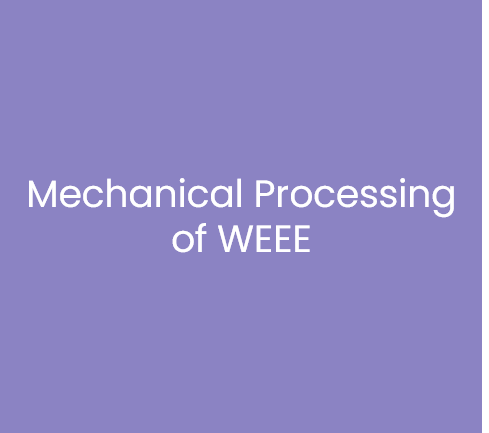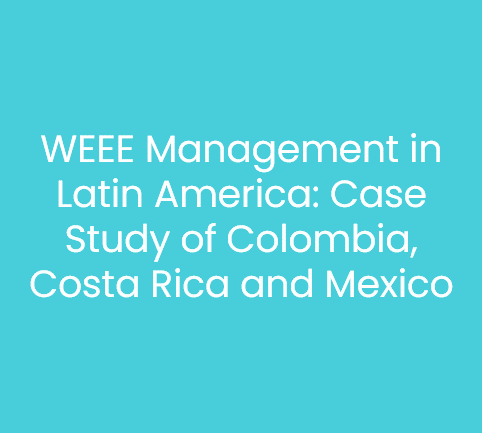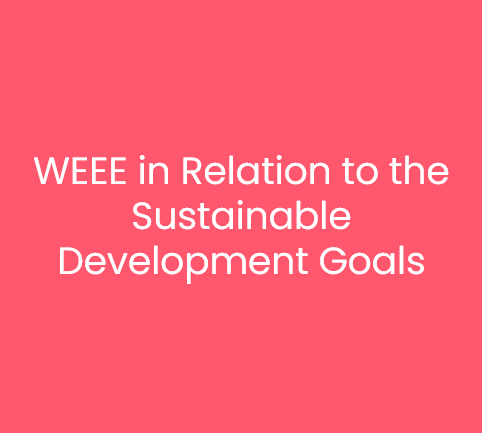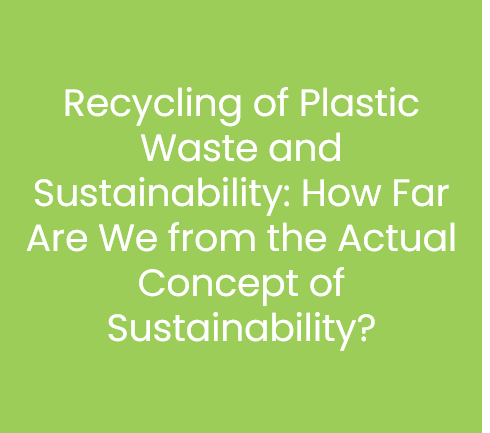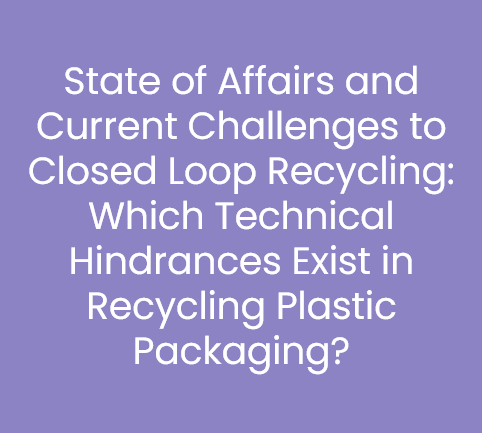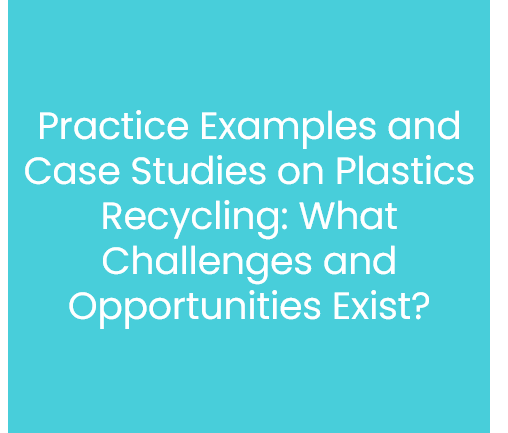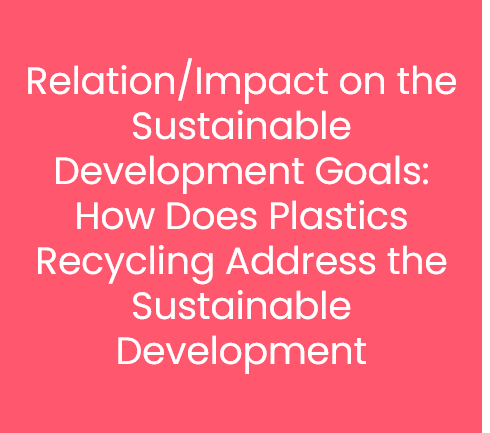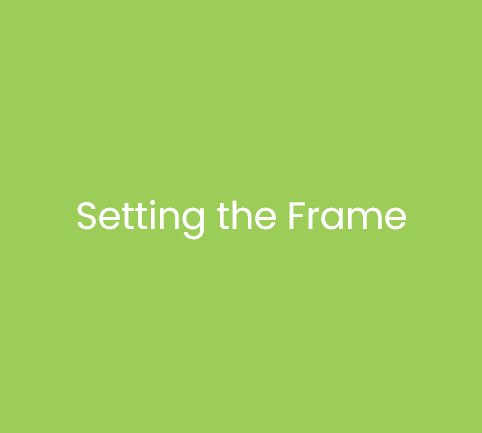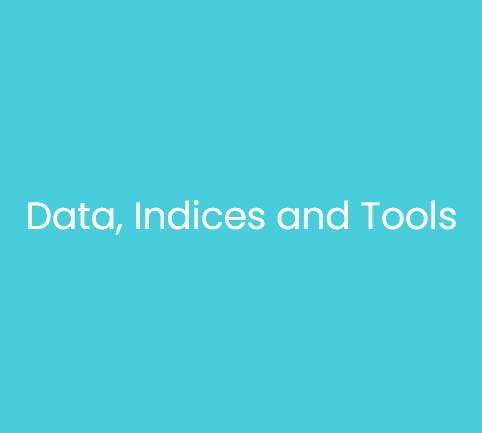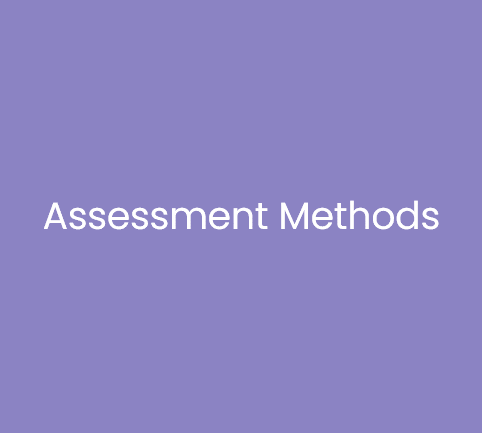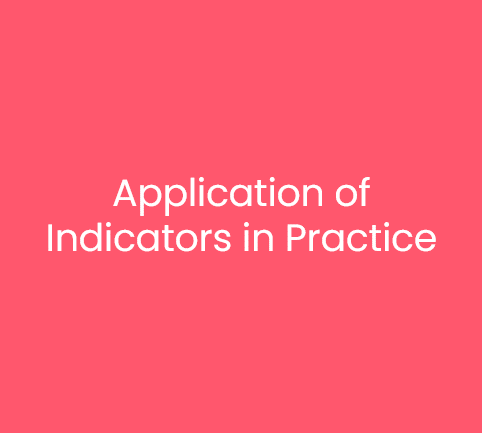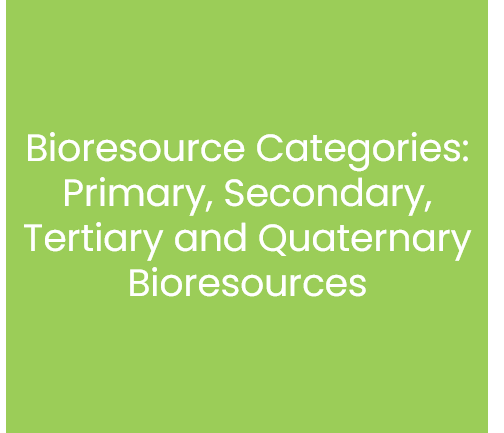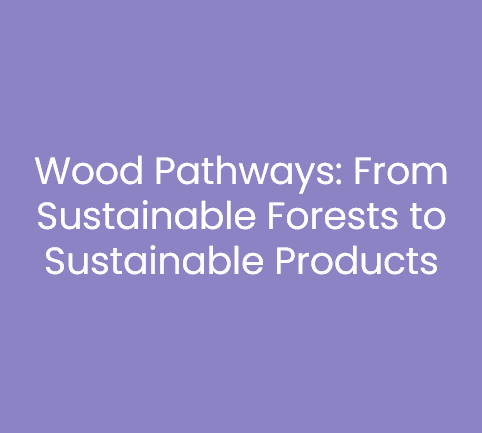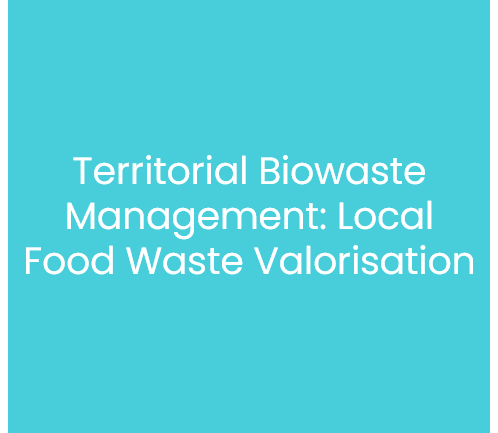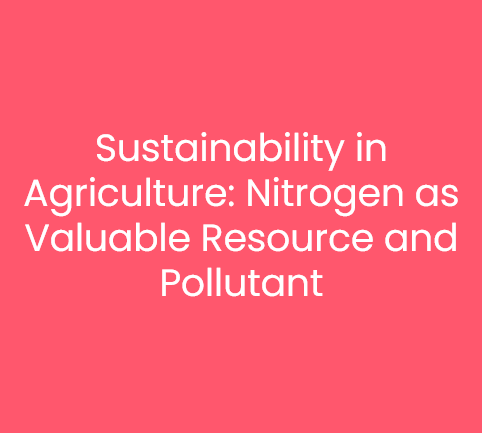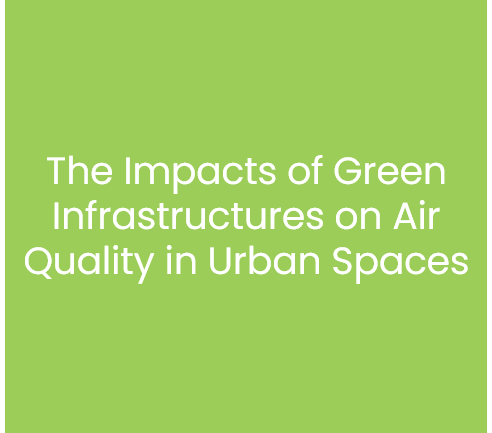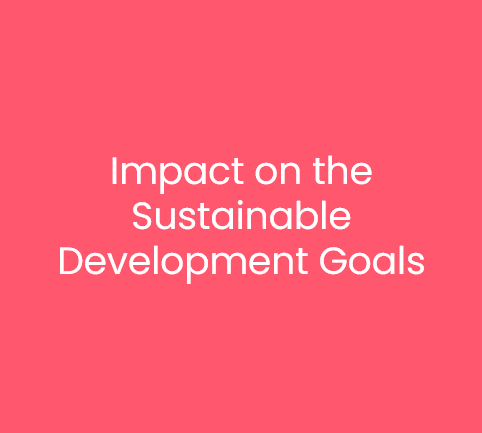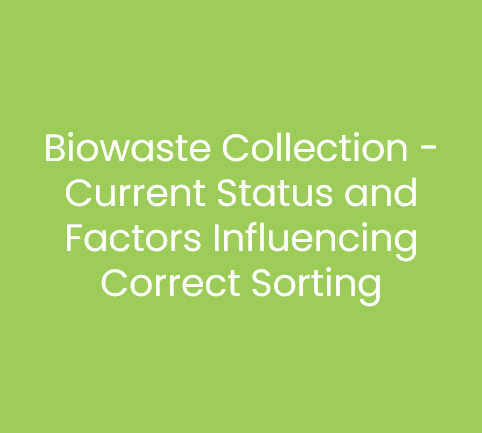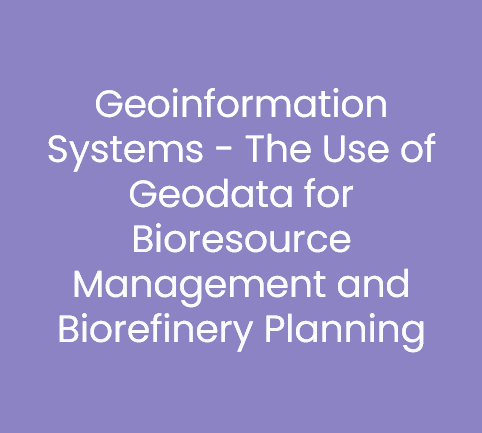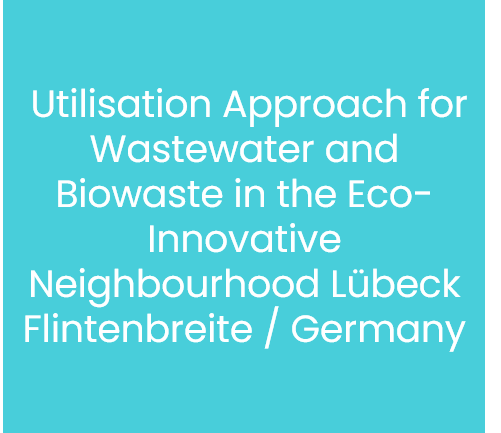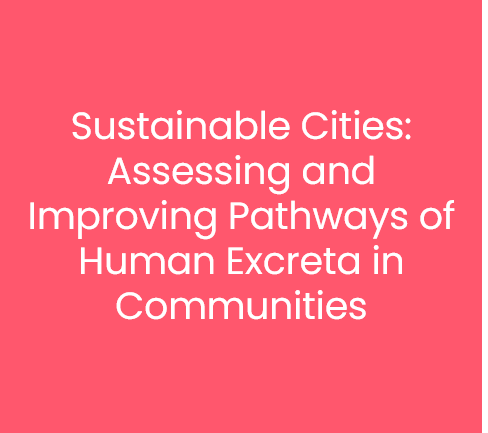- Nutze alle Lernfunktionen, wie Tests, Quizze und Umfragen.
- Schreibe Beiträge und tausche dich in unseren Foren aus.
- In einigen Lernangeboten bestätigen wir dir die Teilnahme.
Lectures for Future
Kursthemen
-
The project Lectures for Future aims to produce a digital lecture series in the context of the Sustainable Development Goals. Global challenges need trans-disciplinary approaches and communication, the project Lectures for Future provides one avenue for this communication process.
-
Did you ever wonder what happens to your old electronic devices after you disposed them correctly? When you bring your old washing machine to the recycling yard, what are the next steps of adequate treatment? Within the Lecture for Future “Resource-Optimised Treatment of Waste Electrical and Electronic Equipment in the Global Context”, you will learn about the relevance of proper WEEE management, about different approaches in various countries around the world, and how an overall optimized treatment of WEEE would contribute to fulfilling the Sustainable Development Goals of the United Nations.
-
Your coffee cup, water bottle, shoping bag, or toothbrush are all made of plastic. Plastics are everywhere and many times hard to substitute. When you dispose your plastic waste, you hope that it follows the right route, so you are not part of the global plastic waste issue. But the sad fact is, that we know little about the fate of our plastic waste.
The Lecture for Future series on Sustainability in Plastic Waste Management is offering insights about the current state of plastic waste management, with a focus on the European situation. Here you will learn more about plastic waste management options; the main hindrances to the full exploitation of plastic waste´s potential as a resource; and the potential and advantages of plastic recycling. -
Are you interested in issues related to sustainability? Are you caring about environmental issues in your daily life, company, or city? And have you ever wondered how progress in sustainable development could be monitored and the human impact on the environment can be assessed? Then this lecture would be helpful for you.
With this material, you will learn about suitable indicators and tools to gather information about the current status and sustainable development progress. You will get an insight into different methods to measure the anthropogenic impact on the environment. Based on various examples, you will see how individual methods and indicators are used in practice.
-
Bioresources are an alternative to fossil raw material supplies. Their substantial and energetic use can contribute significantly to the achievement of the UN Sustainable Development Goals. Forestry and agriculture provide high-quality primary bioresources for e.g. food, building materials, paper, packaging materials and specialty products via, for example, crops and trees. During their production and after product use, by-products and residues are generated, which can be further utilised as secondary, tertiary or quaternary bioresources. Residues are produced in many different areas, e.g. as food waste in households or restaurants, straw and liquid manure in agriculture, tree pruning in gardens and parks, or wood residues in sawmills. Especially in the case of urban domestic waste, it is a huge challenge to separate the bioresources well directly by the producer, which is the citizen. The better the purity, the more efficiently the bioresources can be utilised. The final step in a utilisation cascade is then the production of bioenergy.The Lecture for Future series on the topic of "Residue and by-Product Based Bioresources" gives an idea on the diversity of bioresources and the status quo of their management. Furthermore, impressions are given on how these can be better utilised in the future, e.g. in biorefineries for the parallel production of different bio-based products. And through cascade uses, a bioresource can be used multiple times rather than just once. Innovative examples are also shown, which focus on a forward-looking management of urban bioresources and their regional use. In addition, the multiple use options for bioresources are placed in the context of sustainable development.
-
Air pollution is a growing concern especially in expanding cities. It is important to avoid air pollution in the first place, however, there are on top some possible measures to improve air quality in urban spaces. Green infrastructures grow as a tool in the fight for clean air changing the landscape of cities. Porto is an example for these measures and at the same time an example for reaching the sustainable development goals through transforming urban spaces.
-
The UN Sustainable Development Goal 11 "Sustainable Cities and Communities" aims to make them safe, resilient and sustainable. On the one hand, cities and communities are huge consumers. Bioresources are used for food and feed, a wide range of substantial products and partly also for energy. On the other hand, cities and communities are also bioresource producers, because all consumption involves the generation of a variety of residues. For a sustainable region, residues must be managed sustainably on a regional basis. This is currently only rudimentarily the case. However, biogenic residues such as food waste, pruning residues from park and roadside trees or human excrements have a large valorisation potential. They can be used to generate a variety of products that are needed in cities and communities and that are currently produced from fossil resources, for example. These urban bioresources must therefore find their way into sustainable valorisation paths. At present, however, they are often more of a nuisance, a polluter, and a cost factor.
The "Lectures for Future" series on "Sustainable Urban Bioresource Management" gives impressions of the current status and improved practices for a selection of bioresource types. One example includes the collection of domestic biowaste. A neighbourhood-based system is presented, with which food waste can be collected in a good quality and with a high degree of skimming. The food waste is then transported with e-cargo systems for decentralised valorisation. Furthermore, a method is presented, with which one can create local bioresource cadastres based on geographic information systems and use them to plan regional biorefinery systems. Additionally, a combined approach for the joint use of kitchen waste and toilet wastewater directly in the city quarter is presented using the example of Lübeck-Flintenbreite.
And finally, the current pathways for human excreta are presented with special consideration of the pollutant and valuable substance nitrogen for the EU. Here too, examples of sustainable pathways are shown and synergies with other sustainability goals are discussed.
-
Making of Lectures for Future
Learn how lecture series are made as online interactive learning materials. In this learning material you get to see how LFF lecture series are created and what are the different steps that need to be taken. -
